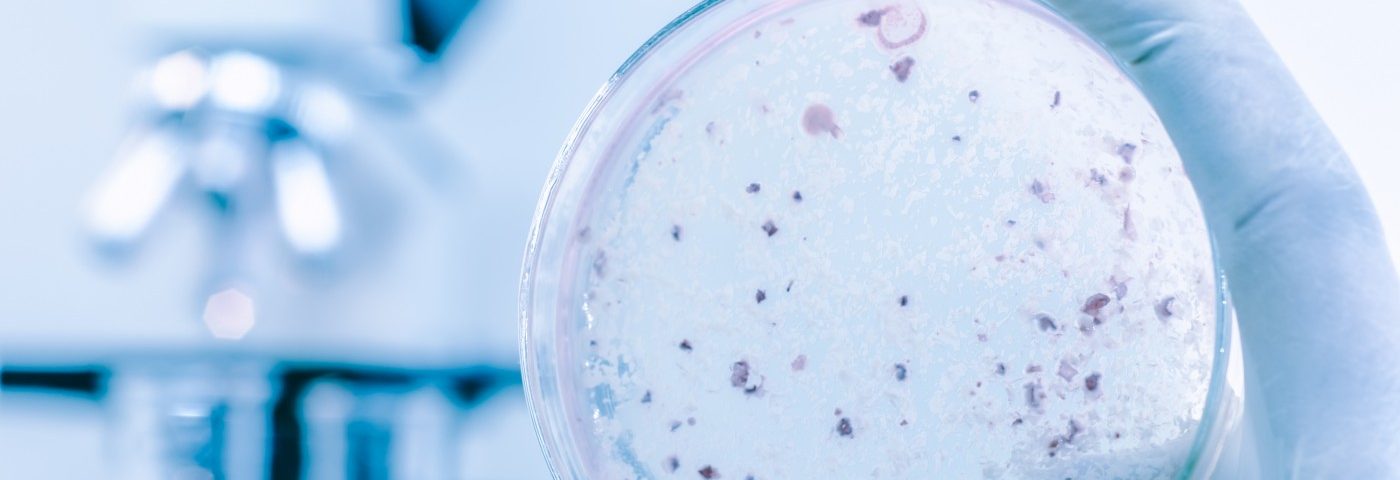Sputum samples of patients hospitalized with Legionella-infected pneumonia contained a number of other bacteria and pathogens, researchers using a novel detection technique called Next Generation Sequencing have found.
The study, “Comparison of sputum microbiome of legionellosis-associated patients and other pneumonia patients: indications for polybacterial infections,” was published in the journal Scientific Reports.
Legionella is a bacteria found in water. One of its most dangerous species is Legionella pneumophila, which causes legionellosis or Legionnaires’ disease (LD), a severe form of pneumonia.
The infection can also occur in other organs, such as the liver and kidneys.
The disease is typically not transmitted from human to human. People get it by inhaling airborne water from infected aquatic environments.
Researchers compared the bacteria found in sputum samples of Legionella-infected hospitalized pneumonia patients with bacteria in samples of patients with pneumonia caused by other pathogens.
The team used Next Generation Sequencing, or NGS, to identify the bacteria. The technique has proven successful in studying microbiome, the entire collection of microorganisms in a specific area of the body.
The analysis showed a number of microbes in sputum samples, particularly when Legionella was not abundant. One, Streptococcus, was dominant in 42 percent of samples with low levels of Legionella.
Samples with high levels of Legionella contained a more diversified population of microbes. Six showed up in high levels: Stenotrophomonas, Escherichia-Shigella complex, Haemophilus, Proteus, Corynebacterium, and Prevotella.
“Interestingly, Legionella was never a dominant genus and ranged below 2.9% of relative abundance, even in the case of confirmed Legionellosis,” researchers said.
They concluded that in Legionella pneumonia patients, Legionella is never the dominant bacteria: Patients are also infected with other species.
The research also demonstrated that NGS is a good way to identify microbiota, the team said.
“We are at the beginning of the NGS technological era,” the researchers said. “These novel techniques should certainly be considered as tools for developing new and fast molecular methods to diagnose pathogens in pneumonia patients. Legionella detection in sputum as well as in water samples plays a critical role in public health. Thus, identifying Legionella as the causative agent of infection is crucial for disease treatment and outbreak prevention.”


